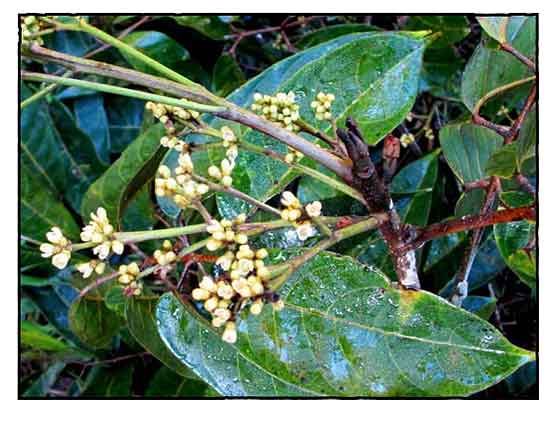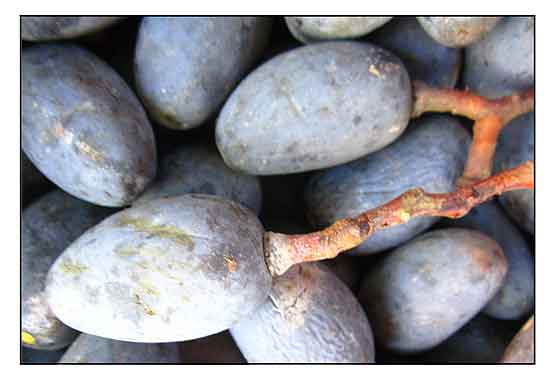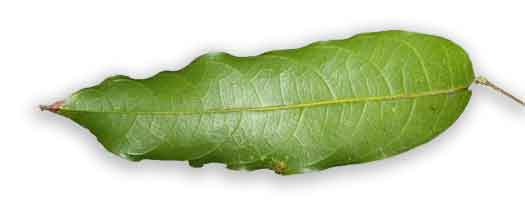
Family • Burseraceae
Palaspas
Dacryodes rostrata (Blume) H.J.Lam
KEMBAYAU
| Scientific names | Common names |
| Canarium articulatum Engl. ex Koord. | Kaminging-lakihan (Tagalog) |
| Canarium caudatifolium Merr. | Kembayau (General) |
| Canarium crassifolium Merr. | Lunai (Lanao) |
| Canarium cuspidatum Merr. | Palaspas (Bikol) |
| Canarium gilvescens Miq. | Pili-hanai (Bisaya) |
| Canarium kadondon A.W.Benn | |
| Canarium minahassae Koord. | |
| Canarium montanum Korth. | |
| Canarium reticulatum Ridl. | |
| Canarium rostriferum Miq. | |
| Dacryodes rostrata (Blume) H.J.Lam | |
| Dacryodes rostrata f. cuspidata (Blume) H.J.Lam | |
| Dacryodes rostrata f. pallida H.J.Lam | |
| Dacryodes rostrata f. pubescens H.J.Lam | |
| Dacryodes rostrata f. samarensis H.J.Lam | |
| Dracontomelon cuspidatum Blume | |
| Hemisantiria rostrata H.J.Lam | |
| Santiria montana Blume | |
| Santiria rostrata Blume | |
| Santiria samarensis Merr. | |
| Dacryodes rostrata is an accepted species. KEW: Plants of the World Online | |
| Other vernacular names |
| BRUNEI: Ungit, Kebayan ajer, Kebayan burong. |
| INDONESIAN: Asem begomdang (Sumatra), Rengas burung (Bangka), Kembajau (Kalimantan), Kembayan bekuwak, Kembayan tikus (Sumatra). |
| MALAYSIAN: Kedondong kerut, Mansipot (Peninsular), Kelamok maruk (Sarawak), Kamubang (Sabah), Salong banggi (Malay, Sabah). |
| VIETNAMESE: Tram xuyen, Xuyen moc. |
August 2023
![]()
 |
| PHOTOS / ILLUSTRATIONS |
| IMAGE SOURCE: Dacryodes rostrata Inflorescence / Deby Arifiani / CC BY-NC-ND / click on image or link to go to source page / image modified / Useful Topical Plants |
| IMAGE SOURCE: Kembayau - Dacryodes rostrata forma cuspidata / fruits / © Ongzi's Secret Garden / Noncommercial use / click on image or link to go to source page / image modified / Ongzi's Secret Garden |
| IMAGE SOURCE: Dacryodes rostrata leaf / © Reubn C J Lim / Noncommercial use / click on image or link to go to source page / image modified / flickr |
Additional
Sources and Suggested Readings |
• |
DOI: It is not uncommon for links on studies/sources to change. Copying and pasting the information on the search window or using the DOI (if available) will often redirect to the new link page. (Citing and Using a (DOI) Digital Object Identifier) |
| List of Understudied Philippine Medicinal Plants |
• |
 |




